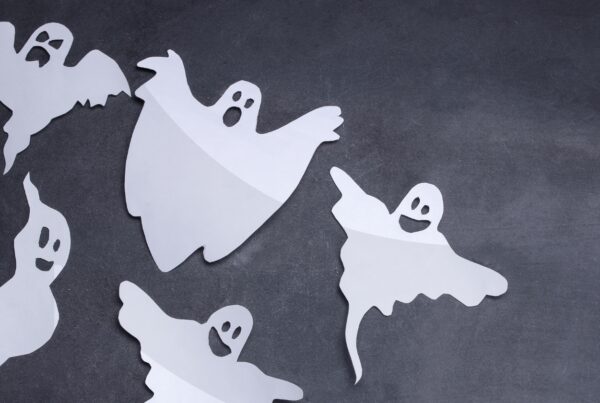By Dan Ahern
Super Bowl LVI is less than one week away and along with the grandeur that comes with being the biggest sports event of the year, this night comes with a multi-billion-dollar effort to inspire die-hard and casual fans alike, thanks to the cultural spectacle of Super Bowl commercials. According to data from Statista, advertisers paid an average of $5.6 million for a 30-second commercial slot in 2021’s Super Bowl LV – a beyond substantial sum for only a brief window to deliver the message.
With last year’s game taking place in the wake of the 2020 election season, further polarizing the NFL’s primary audience in the U.S., and the global vaccine rollout just barely underway, the advertising efforts were marked by inspiring, yet mostly feeble, calls for unity though there were a few standouts. Now, one year later, we live in a vastly different world. Here are the trends we’re expecting for this year’s big game.
The Advantage of Nostalgia
Rapid consumption of content in the modern era has reduced our collective attention spans, and this trend extends to the Super Bowl, the biggest day in advertising. Anheuser-Busch, Coca-Cola, Nike are those that have driven marketing innovation and etched their names in Super Bowl commercial history. They have the built-in advantage to hold the audience’s attention. These well-established brands can successfully employ the same celebrities, characters, and concepts from past years, provided they incorporate a new twist. For example, the classic Budweiser Clydesdale horses returned to the Super Bowl ad scene in 2019 with an environmental message. This ad was successful because it intertwined the beloved history of the Clydesdales with current events and the brand’s own actionable changes, topped off with a vision for a “better tomorrow.”
Research from The New York Times suggests that nostalgia can provide motivation during difficult life transitions or especially stressful moments, which explains the recent rise of nostalgia marketing. In today’s digital landscape, where change is not only inevitable but vastly accelerated, a blast from the past is a welcome comfort (especially with Budweiser making its 2022 return).
First-Time Advertisers: Emotion and Humor
Newer brands are hoping to become the topic of discussion amongst social circles on Monday morning, either through emotional or comedic appeal. These players will need to think creatively and unconventionally, presenting a never-before-seen experience to the world in their 30-second time frame. This is a tremendous challenge, but it’s also the dream of advertisers worldwide to make their mark on the grand stage.
For those tapping into emotional appeal, hopeful rhetoric of a “new normal” on the horizon will likely guide their efforts and ideas. Those who opt for the comedic route have two options: leverage current events in a manner that the public has not yet conceived…or avoid them entirely and focus on simplicity.
Plunging into Adventure
In the words of our agency president & CFO Stefan Pollack, “Now is the time to ‘live your best life.’ As the pandemic continues to recede, consumers are now ready to take that trip, buy that car, host that party and make up for lost time.” Brands will capitalize on the restlessness within us that has soared to new heights and driven us to dream bigger and break out of our comfort zones. The Great Resignation shows no signs of slowing down, and now is the time for advertisers to capitalize on unfulfilled workers seeking a renewed sense of passion.
Look for key players in the travel industry, including hospitality and booking titans like Airbnb, Delta Airlines, and Expedia, to stake their claim in the hearts and minds of viewers worldwide. While maintaining a priority on safety, this category of brands will lead the charge in encouraging a renewed spirit of adventure for 2022. Brands outside of the travel sector will also turn to this theme with an emphasis on human connection and shared experiences.
Big Tech: Mediating the Conversation
Between the meteoric rise of the metaverse, cryptocurrency markets, and every trend in between, 2021 was marked by tech innovation in various new forms. However, inherent in these new developments is the likelihood of consumer confusion and anxiety. Recent data from Ipsos shows that only 16% of surveyed Americans can correctly define the term “metaverse.”
Given that emerging Web 3.0 platforms are in experimental stages, the same applies to their advertising tactics. Brands across technology sectors, particularly those leveraging virtual reality, will attempt to provide simple, relatable messaging to drive brand recognition and curb anxieties. The goal is to advance widespread curiosity and understanding of these new tech trends and the brands associated with them.
This year’s game is on track to captivate viewers worldwide with electrifying Super Bowl newcomers hungry for glory. There will be no shortage of viewers, but time will tell as to which brands make the most of their 30 seconds of fame.






